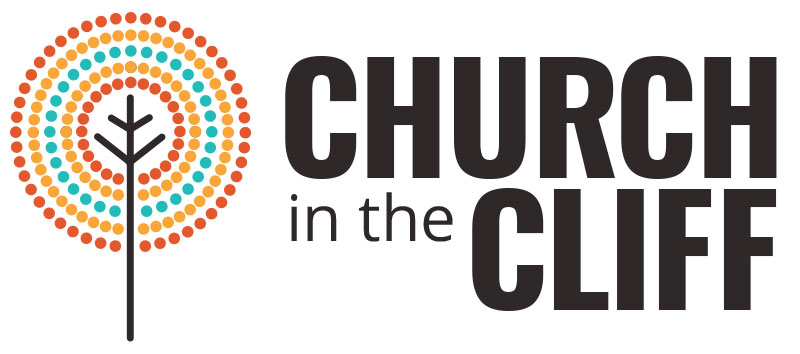The last three weeks in Sunday School, we have talked about the three centers of intelligence, the three ways of knowing, presented in the framework of the Enneagram. Of the Body, Heart, and Head, one is dominant. This might sound good, like being strong in the Body makes us an athlete, strong in the Heart gives us good at relationships, or strong in the Head makes us a genius. But we have to remember that the dominant center is the one that is overdeveloped, controlled by the ego, constructing a false self that we mistakenly believe we are. We forget who we are as God’s beloved. This week, we started talking about the other centers; while one is dominant, there is another that is repressed.
The repressed center is the one that is repeatedly wounded at a young age. We learn very early that one way of knowing won’t help us get what we want. The bad news is that we push it off to the side, almost forget that it’s there. But the good news is that it is pristine. Because the ego does not see it as a threat, it leaves it alone, too. It’s safe and protected, but it’s also not growing. If we can learn to grow it, it can disrupt the ego’s hold on the dominant center. But there are some steps before we get there.
The third center, not the dominant or repressed, can be used to support ego or essence. As long as the ego is in charge, it will be the former. So the first step is to consciously uncouple the dominant center and the supporting center. Left with the ego, these team up and trigger one another. Also, because the ego is using two centers instead of three, they are stretched thin, which means we are only getting the most shallow, mechanical, and reactive values from them.
To review, each center has a natural function to which it is best suited. The Body is oriented toward getting things done. The Heart is focused on noticing our own needs and the needs and agendas of others. The Head is useful for gathering and sorting information and for making plans. If we can free them up and balance them, each can be used deeply, freely, and responsively. We can recover the full range of value from each. The ego, of course, does not want this to happen.
The ego has two ways of staying in control that compliment one another. The first is what is known as “stance.” Every person has a dominant way of interacting with the world, a strategy for getting what they want. Some move toward the world. Some move away from the world. And some move with the world. That is, some assert their needs, some withdraw to protect and process their needs, and some relinquish their needs to the needs of others.
The second way the ego maintains control is with orientation to time. Though we all think about the past, present, and future, one is the lens through which we see them all. Even moreso, we are present in one; we are where our head is. For example, I’m past-oriented and, even when I’m thinking about the future, I’m seeing it through the lens of the past. I’m usually imagining the future as an alternative path than the one I have taken, a fantasy based on an alternative history. When I’m planning something concrete, such as figuring out what I’m going to say on Sunday morning, I imagine it as though it has already happened and then ruminate on how I and others will have felt after I said it. Even my future is past.
Even if people are not engaged with the Enneagram, you can understand a lot about them with stances and orientation to time. Like everything with the Enneagram, there are a lot of misunderstandings based on these two characteristics. We don’t just speak different languages; we see the world in completely different ways. We are speaking from the place that we are, which is often not where others are. Some people need to process and some need to move on. Some can only see what is right in front of them. Some need to get away and some need to talk it out. If we don’t know that, if we don’t have the language for it, we can – and will – wound one another.
In church, we have been doing spiritual practices. One of the reasons for that is to create awareness of our dominant and repressed centers, to find what is comfortable and what is uncomfortable. Hopefully, we can learn to observe ourselves in comfort and discomfort to see what part of ourselves is in charge. Once we do that, we can start to disentangle the ego from ourselves and remember who we are as God’s beloved – loved, supported, and free.
